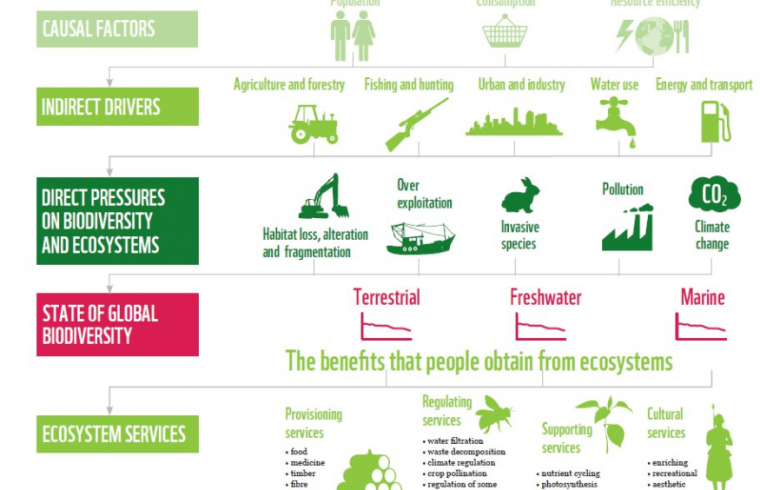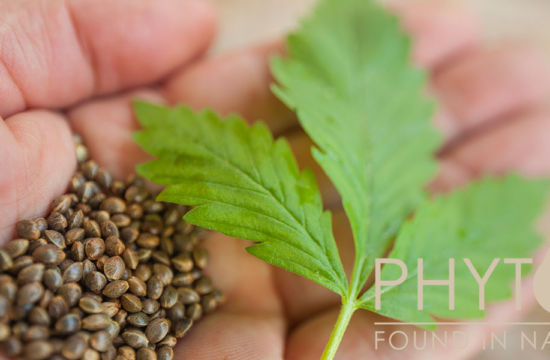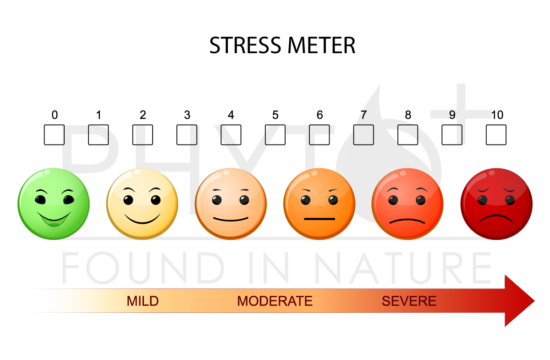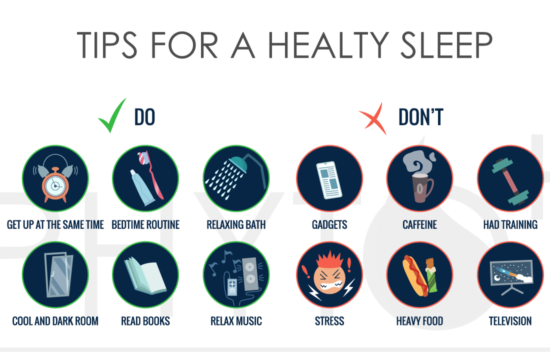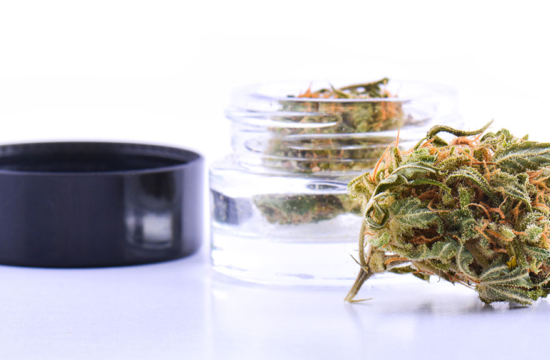You won’t find many neater lawns than those Roger Federer and tennis stars from across the globe will play on over the next fortnight (July 1-14) at the All England Lawn Tennis and Croquet Club – better known as Wimbledon.
But while immaculately mown and weed-free grass might be perfect for a spot of tennis or soaking up some sun in your garden – it’s doing very little for biodiversity, says Adriana de Palma, a researcher in Life Sciences at the Natural History Museum.
In the World Economic Forum’s Global Risks Report 2019, biodiversity loss and ecosystem collapse came within the top 10 lists of risks in terms of both Likelihood and Impact, making it one of the biggest threats facing humankind today.
And the report concluded: “Of all risks, it is in relation to the environment that the world is most clearly sleepwalking into catastrophe.”
In May, the Intergovernmental Science-Policy Platform on Biodiversity and Ecosystem Services (IPBES) report found that a million animal and plant species are threatened with extinction, many within decades.
While Wimbledon’s team of ground staff ensure there are plenty of flowers throughout the All England Club to attract insects, there are things all amateur gardeners can do to boost biodiversity.
Here Adriana de Palma, a World Economic Forum Young Scientist, explains exactly why the most manicured gardens are not havens for wildlife – and what more needs to be done at an individual and national level to save our species.
Why should we care about biodiversity?
Biodiversity provides us with everything we need to live: clean air, clean water, it creates healthy fertile soil for growing crops and it pollinates crops. So if you like your coffee in the morning or an afternoon apple, we need biodiversity, to survive and to have a good quality of life.
What are the main threats to biodiversity?
People, unfortunately. Climate change gets a lot of attention and rightly so – it has the potential to harm millions of species. But right now, the biggest threat facing biodiversity is habitat loss and degradation, so humans pulling down natural landscapes, forests and grassland and converting them into urban areas, creating more agricultural land, and managing that land in an intensive way that doesn’t provide enough space for biodiversity to survive inside it.
That’s the big one, but exploitation of species, pollution and invasive species are also threats. So species are expanding their ranges because of man-made transportation links and climate change, and making it into areas they didn’t exist before. And the native species have never learned how to deal with this new threat.

Image: Agrivi.com
The Earth could be facing a sixth mass extinction – what impact will this have on humans?
We’re going to see the impact long before global extinctions. When a species goes extinct, across its entire range of the whole globe, that’s the end point. But before that, we’ve got these huge declines in how many individuals of that species there are, where they exist in the world, and those changes in the abundance of the species. At a smaller scale, that’s going to be what really hits us.
A lot of my work has been on pollinators. A lot of our calories come from things like wheat and rice that don’t actually require animals to pollinate them. But in terms of getting a healthy, varied diet, with lots of fruits and vegetables, pollinators are absolutely key. We’ll end up with huge amounts of malnutrition through these changes in biodiversity.
I think a sixth mass extinction would be catastrophic for humans. We don’t have the technology to make up for the losses. We don’t have the manpower. There’s really no way around it other than to prevent the mass extinction happening, because once we’re there it is really too late.
What more needs to be done by governments across the globe?
The key thing, that many of us in this field are working on at the moment, is finding ways of balancing food security, climate change mitigation and biodiversity protection. For instance, there’s been a lot of interest in biofuels as a climate change mitigation process to try to move away from using fossil fuels.
But if we’re not careful, we essentially end up moving biofuels onto agricultural land, which has implications for food security. And how you manage that biofuel plantation has huge implications for biodiversity. So there are really difficult trade-offs that we’re trying to work out – and hopefully, we’re providing some evidence that can help inform some of these decisions.
We live in a global community now and when we import products from overseas, we can essentially export our biodiversity damage. So we can maintain our national commitments to biodiversity, but at a global scale, we’re still causing huge amounts of damage. Often that leads to biodiversity losses in some of the poorer areas of the world – where the local communities rely on their natural biodiversity to a much greater extent to survive.
If our biodiversity damage crosses borders, then our commitment to biodiversity protection has to do that as well.
Why are lawns a problem for biodiversity?
I’m very much against neat lawns because they have very little benefit for biodiversity. They’re usually dominated by just a few grass species. Any flowering plants that pop up in the middle of the lawn are considered weeds, and they’re removed.
If you remove the flowering plants, there’s not a lot of pollen or nectar for many insects to use. So bees, butterflies, moths, flies, you just won’t find them in your lawn – and especially not if you’re using herbicides as well.
People think of flowering lawns as providing resources for flying insects, but it’s not just about that – they also provide shelter for other invertebrates as well. So you might not think woodlice are attractive, but they like to live on stray bricks or logs that you’ve left on your lawn. And some bee species can live in empty snail shells, so just leave a few of them here and there.
What can gardeners do with their lawns to boost biodiversity?
A low-maintenance ‘tapestry’ lawn with low-flowering plants such as thyme and chamomile will be more beneficial for biodiversity and needs mowing less often. If you want a traditional grass lawn, then leave some of the weeds in there, like clover and dandelion, and try to change your mindset. Stop seeing them as weeds and start seeing them as part of the natural land.
How positive are you about our ability to make a difference before it’s too late?
Some of our work has been looking into the future – and there are very stylized, broad potential pathways of how humans might develop. But some of the work has shown that, depending on the decisions we make, we could undo 50 years of damage. So I’m positive that there are ways forward and we can live more sustainably if we take a longer-term view.
A lot of the biodiversity damage that we do is because we have a very short-sighted view of pulling down this forest to grow this crop, to create money, when in the long run that might not benefit the local community, and it’s not benefiting the global community. There are definitely ways forward and there are a lot of people working on how we balance all our different priorities.
The key thing is that we make decisions and act now. The UK government has really taken the IPBES survey on board. I just hope that we can make decisions now, because we just can’t delay.
What’s the one single thing we could all do today?
For those of us who live in a world where we have more food than we need, while other people are starving: waste less. There’s been a lot of talk about plastic waste, which is obviously important. But if we take wasting less on board, that goes into everything, it means you waste less food, you start eating less meat. We waste less of our resources in general.
One of the most upsetting things to me is the inequality that some people are starving while other people are throwing food away. If you think how much land use has gone into creating this, how much deforestation has resulted from our desire for more and more, for cheaper and cheaper, and then what the consequences for climate change are.
That change in mindset can have a really big impact on creating not only a fairer world, but a more biodiverse world and hopefully one where we can stop the worst of the current climate change scenarios from coming true.
Share


